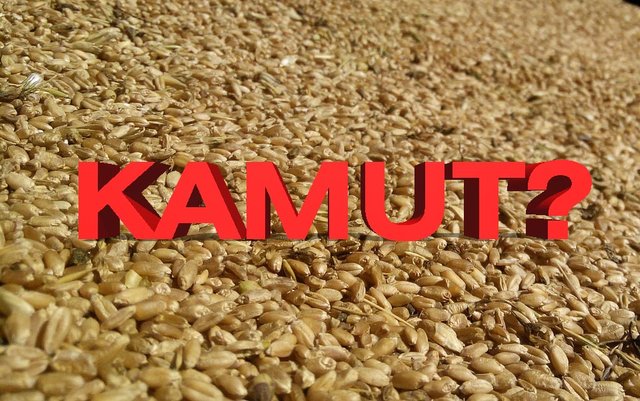#12 KAMUT is good, but… is everything gold glittering?
Kamut flour is an American product, considered beneficial and sometimes too overvalued, but what are the differences from normal flour?
We have all heard of kamut flour at least once, it is a flour that seems to have become almost something mystical for a few years on this part thanks also to a strong marketing strategy.
The kamut is nothing but a variety of grain, whose production is strictly controlled by a US company that makes it similar to one of our DOP products in Europe.
This cereal, like wheat, can be ground and one can make a flour, “kamut flour”.
The precise species is Triticum Turgidum, and its variety, which in botanicals is called Khorasan, which is named after the region of the Middle East where it has been cultivated in the past.
The origin of the name Kamut comes from the fact that an astute American has taken this variety and has invented a method that limits its production everywhere, indeed it can only be produced in some areas of North America with a certain type of land, and its production is always biologic (pay attention: organic according to American laws, not according to European ones, which are slightly different).
Only the grain that follows all the discipline invented by him can be called KAMUT now.
Nothing, however, prevents cultivating Khorasan anywhere in the world (and indeed is cultivated very much in Italy and Spain) with the only constraint that can not be called Kamut.
Saragolla is the name given to Khorasan grain cultivated in the center of Italy and Spain, and is practically identical to kamut, but can’t have the name.
It is often said of the benefits of this flour, in this sense, and these derive mainly from the land where it is cultivated; by restricting cultivation to a well-circumscribed territory, it is clear that plants that grow will have the characteristics derived from the characteristics of the soil. Magnesium, selenium, sodium and zinc are among the minerals that are present considerably compared to the "average grain". The other mineral salts eventually remain rough on the same values.
In short, besides the supposed benefits of this flour, with a gram and a half of mineral salts per second (so taking one, two grams of salt per day if we eat a lot) the nutritional differences certainly will not be felt.
So this flour can please or not on the palate ( I like honestly), but be careful not to rub them with a flour that is now only a trademark, you will not feel better or lighter than many other quality of flours, it will only lighten the wallet.
